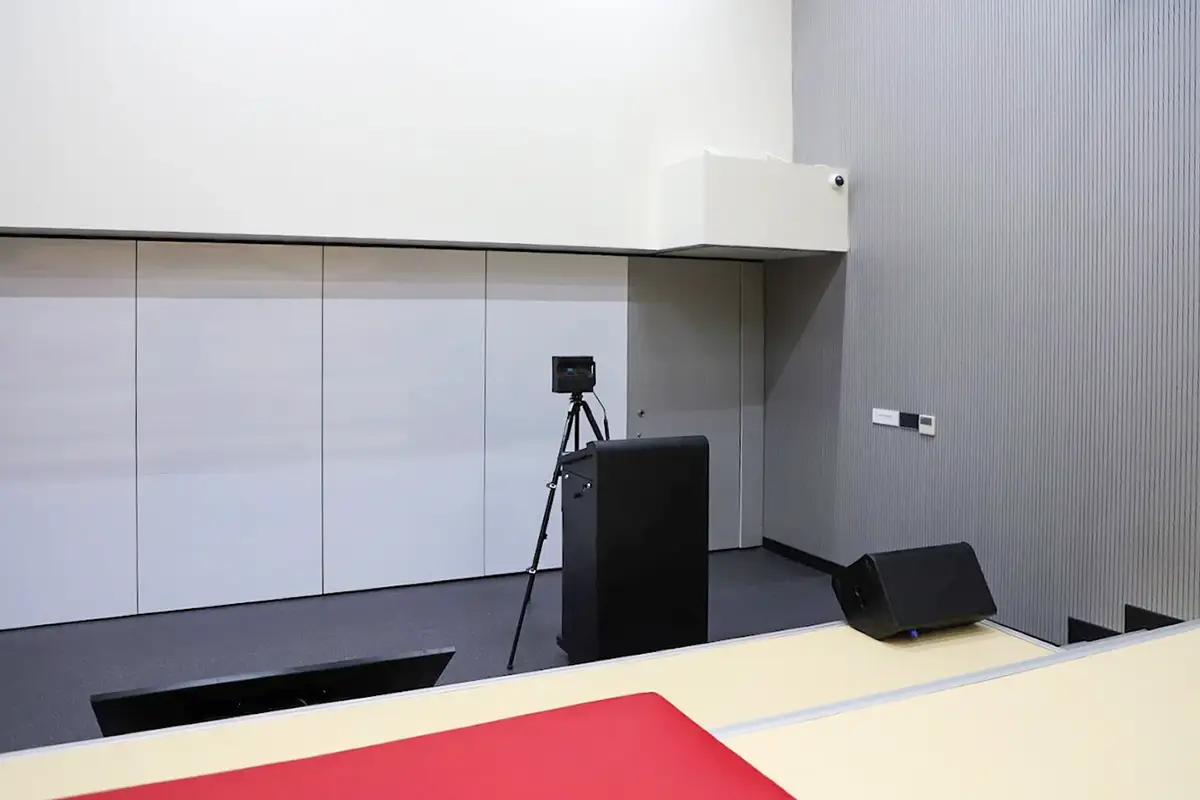Educational institutions across India operate in an increasingly digital and global landscape. This presents challenges in attracting geographically diverse students, adapting to remote learning, and managing complex campus infrastructures. A Matterport 3D digital twin provides a powerful set of tools for addressing these challenges across recruitment, academics, and facilities management. This move to digital is critical, as a majority of prospective students now conduct extensive online research without ever contacting an institution, a phenomenon known as 'stealth shopping'.
This guide provides a practical overview of how Matterport technology is applied in the education sector within India.

Application 1: Student Recruitment and Virtual Tours
A Matterport virtual campus tour is an interactive, dimensionally-accurate model that allows prospective students to explore an institution online. By 2025, an overwhelming 92% of colleges use virtual tours in their admissions strategy, making it a standard expectation. The advantages for admissions departments in India are clear:
- Expanded Geographical Reach: It makes the campus fully accessible to international students and those from other regions of India who cannot visit in person. Institutions with virtual tours see a documented 16% increase in applications.
- Informational Transparency: A Matterport tour offers a detailed and realistic view of key facilities. This builds applicant confidence by providing verifiable information. In fact, students who engage with a virtual tour are 3.9 times more likely to visit in person later.
- Parental and Family Engagement: The virtual tour is a shareable asset that allows parents and family across India and the globe to participate in the student's decision-making process, even from a distance.
Application 2: Remote and Hybrid Learning
The utility of a Matterport digital twin extends into academic instruction. As the global online learning market is set to reach $325 billion by 2025, and with 82% of students preferring a hybrid learning model, these tools are more relevant than ever for schools in India.
- Virtual Lab and Studio Access: Gives online students 3D access to specialized spaces like science labs, art studios, or engineering workshops, allowing them to examine equipment and understand layouts they cannot physically access.
- Interactive Learning Aids: Educators can embed annotations ("Mattertags") within the 3D model. These can link to videos, papers, or quizzes, creating a self-guided learning environment shown to increase retention by up to 60%.
- Virtual Field Trips: A digital twin of an off-campus historical site or museum in India can be used as a resource for remote students, providing a level of experiential learning beyond static images or videos.
Preserving Heritage and Connecting Alumni
Beyond recruitment, Matterport tours can serve as a timeless digital record of a campus's most cherished spaces. This tour of the historic chapel at Good Shepherd International School in Ooty, India, not only showcases its stunning architecture to prospective families but also provides a powerful point of connection for alumni around the world, allowing them to revisit a meaningful place from their past.
Application 3: Campus Operations and Facilities Management
Beyond student-facing use cases, a Matterport digital twin is an invaluable tool for managing the large and complex campuses often found in India:
- Space Planning and Utilization: It provides accurate measurements for optimizing classroom layouts, planning event setups, or assessing space allocation across departments.
- Maintenance and Repairs: The Matterport model enables remote inspection of infrastructure and allows teams to share precise visual context with vendors, improving coordination for maintenance tasks anywhere in India.
- Safety and Accessibility Audits: The model can be used to plan emergency evacuation routes, identify accessibility barriers, and train staff on safety protocols in a virtual environment.
Conclusion
For educational institutions in India, a Matterport 3D digital twin is a multi-purpose asset. It acts as a recruitment tool to attract a global student body, a teaching aid for modern remote learning, and an operational tool for efficient campus management. It is a practical application of technology designed to improve workflows across the primary functions of a modern academic institution in India.